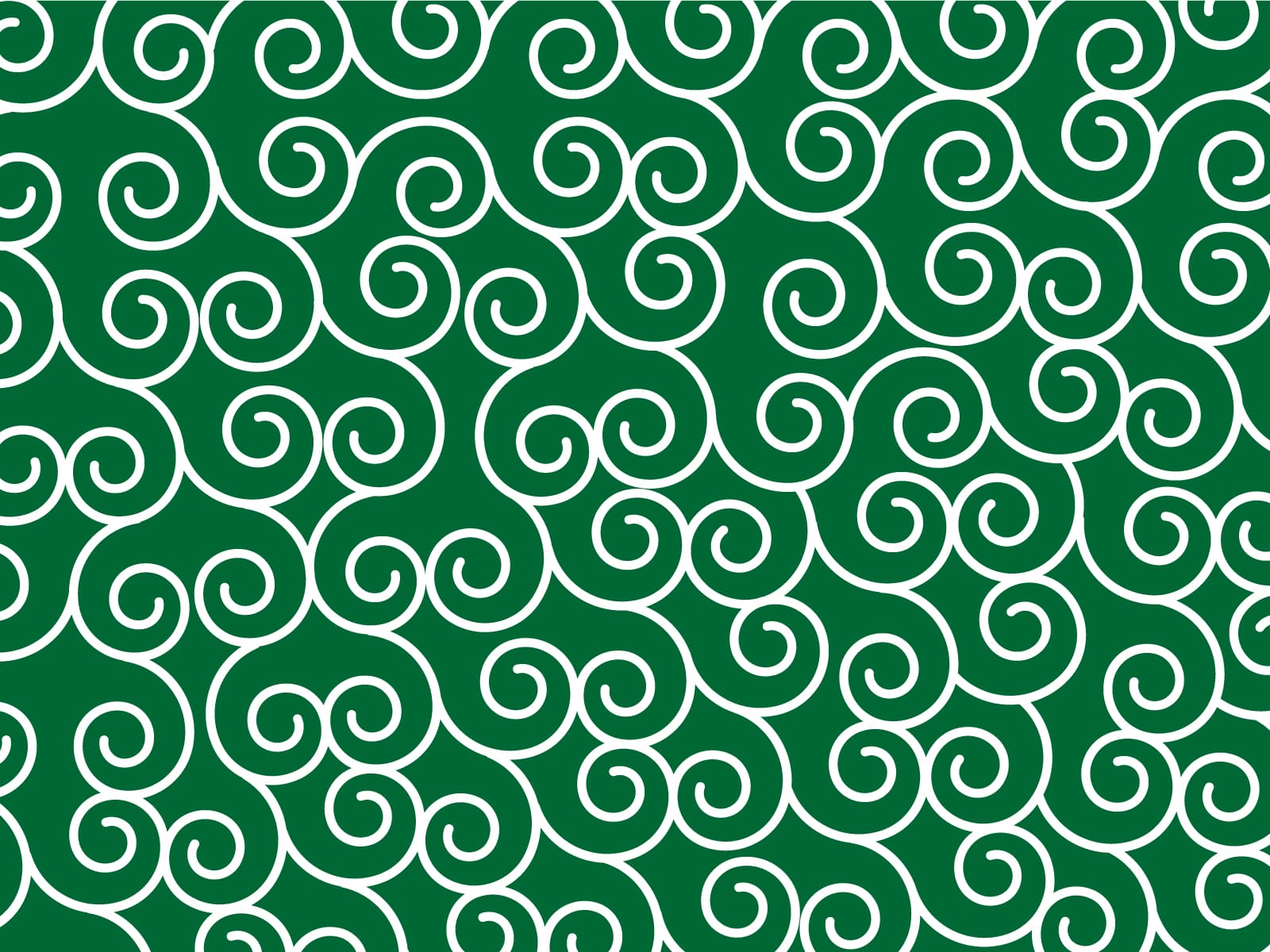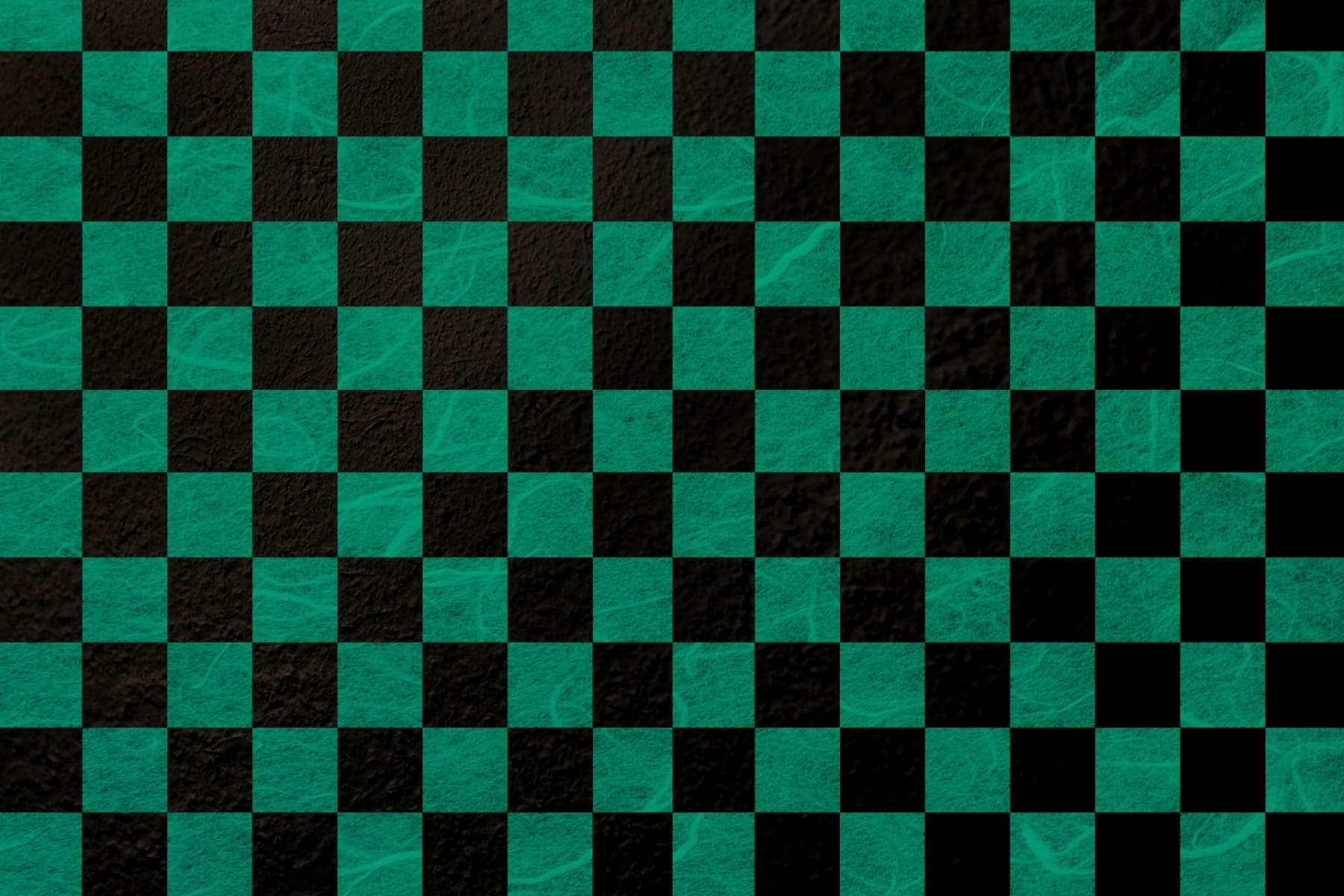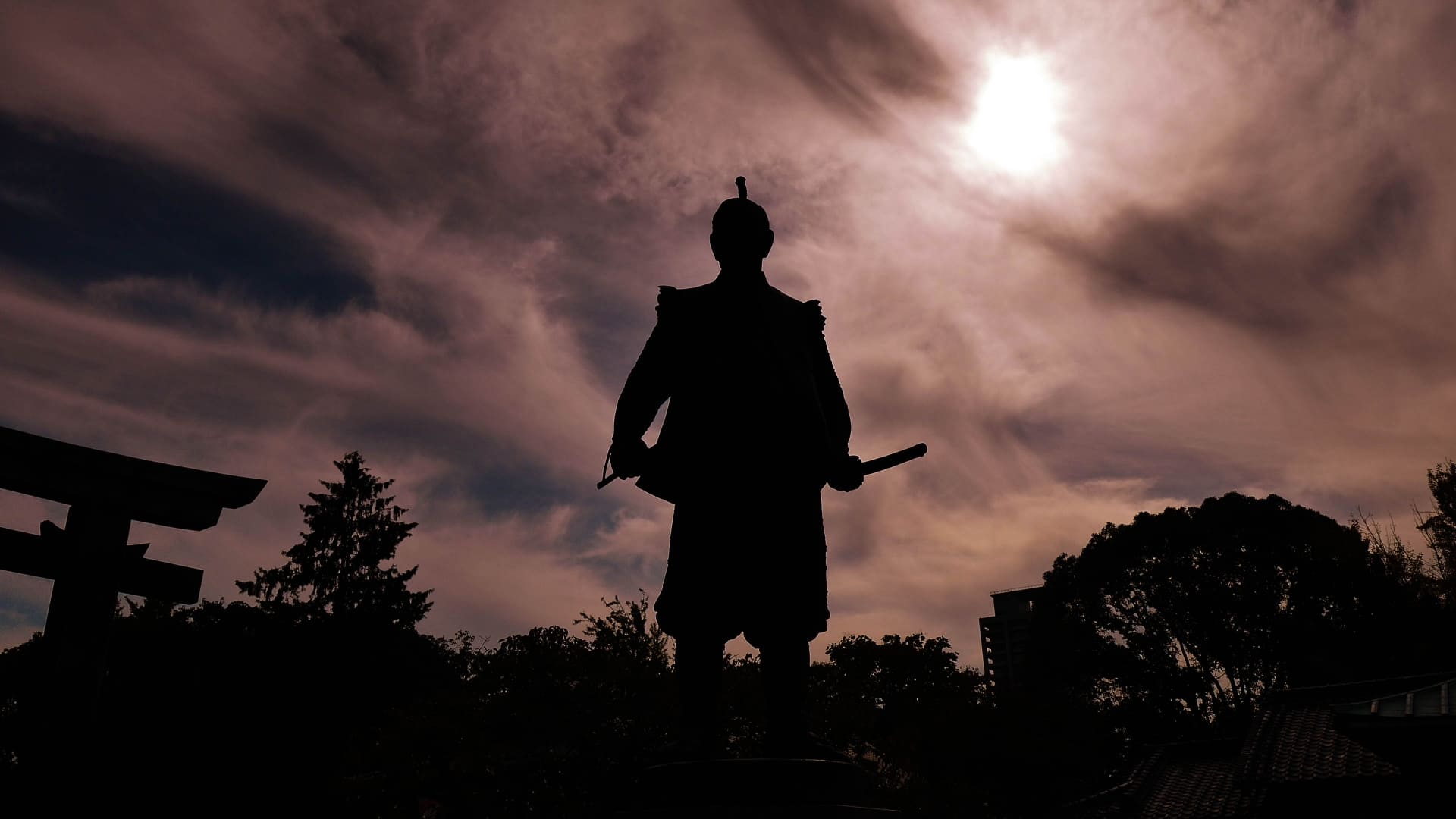Wagara, or traditional Japanese patterns, often adorn kimonos and tenugui hand towels. Learning about the names and origins of these patterns will make us understand that they have long been used for summoning good fortune and for representing wishes for happiness.
Shippo (interlocking circles)
In this pattern, overlapping circles by quarters create a center that looks like a shining star, while the overlapping parts look like flower petals. The pattern continues endlessly in all directions – up, down, left, and right, rendering it an auspicious pattern that evokes the perpetuation of one's descendants, good fortune, and happiness.
Botan (Peony)

Prized as the “queen ” of all flowers, peonies were introduced to Japan during the Nara Period for medicinal purposes; and were later used in decorative patterns on costumes and craft products. Considered as symbols of wealth and authority because of their splendor, peonies were favored by the samurai. Nowadays, the peony pattern is extensively used on kimonos and porcelain.
Namichidori (waves and plovers)

Namichidori is the term used for plovers flying in a flock, and this pattern reflects such behavior. This design has long been celebrated in song, and widely used as a pattern. Male and female plovers raise their young together, and reflecting this practice, this pattern embodies the hope for a family's well-being and a couple's marital bliss. The plover's adorableness makes this a popular design. Chidorigoshi (hound's-tooth check), wherein plovers are arranged in a grid, is a simpler version of namichidori.
Asanoha (Hemp Leaf)

A geometric design featuring hexagons arranged in a regular, repeating pattern, the name of this pattern comes from its resemblance to hemp leaves. Hemp leaves grow fast and linear, which is why they were often used in the past in newborns' clothing with the hope of healthy growth. This is a pattern unique to Japan.
Ichimatsu (check pattern)

Consisting of rows of squares of different colors, this pattern continues endlessly in all directions. Because this pattern continues without interruption, it suggests the perpetuation of one's descendants and business expansion. The name ichimatsu originates from the Edo Period, and is said to have come from the kabuki actor Sano Ichimatsu who wore a hakama divided skirt with this pattern.
Seigaiha (Blue Ocean Waves)

Depicting endless, gentle waves, this pattern embodies the hope of a long and peaceful life.
Karakusa (Ivy: arabesque pattern)

Ivy and its stems that boundlessly grow in all directions suggest the strength of life, therefore this pattern evokes longevity and prosperity. During the Meiji Period, furoshiki wrapping cloths with this pattern were so popular that every home had them.
Uroko (Fish Scale: serif pattern)

Consisting of triangles arranged in rows, this pattern gets its name from its resemblance to fish and snake scales. The pattern of three triangles together is called “mitsu uroko,” and it is famous for being the family crest of the Hojo clan. This pattern is used to ward off evil, as it has long been believed that triangles have that power, and because scales are used by animals to protect the bodies.




